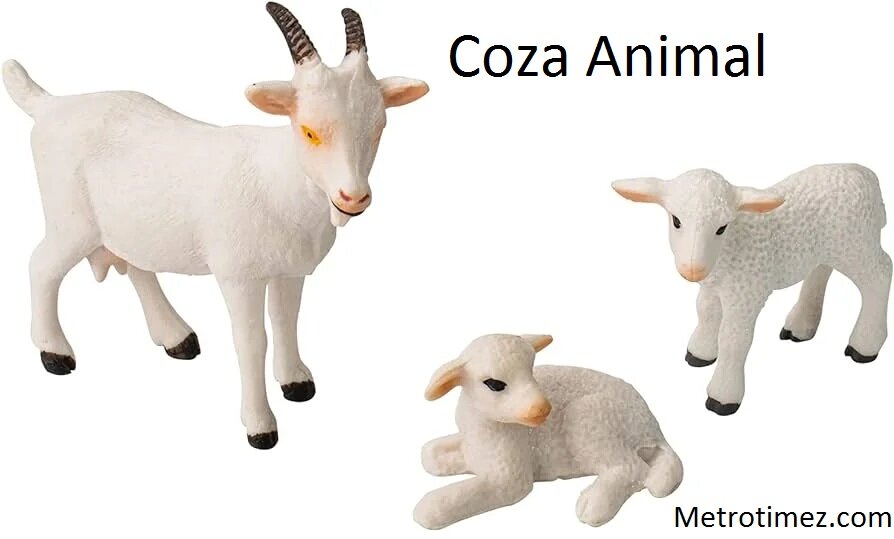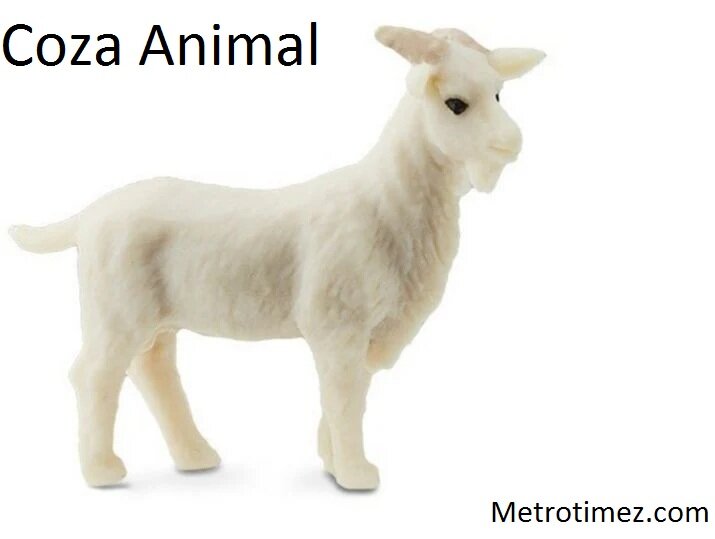
Introduction
Coza animal are a group of fascinating creatures that have captivated the interest of scientists, conservationists, and animal lovers alike. Their unique characteristics, varied habitats, and complex behaviors make them a subject of endless study and curiosity. Understanding Coza animal is not only important for scientific research but also crucial for the conservation of biodiversity. In this article, we will explore the different aspects of Coza animal, including their habitats, diets, behaviors, and the threats they face in the modern world.
What Are Coza Animal?
Coza animal have a distinct category of wildlife known for their specialized adaptations and survival strategies. They can found in various parts of the world, each species exhibiting unique traits that help them thrive in their specific environments. Coza animal have often characterized by their resilience and ability to adapt to changing conditions, making them an essential part of the ecosystems they inhabit.
The Habitat of Coza Animal
Coza animal have distributed across diverse geographic regions, from dense forests to arid deserts. These animals have adapted to a wide range of environmental conditions, allowing them to survive in some of the most challenging habitats on Earth. Whether in the tropics, savannahs, or mountainous terrains, Coza animal have developed specialized behaviors and physical traits that enable them to thrive.
Diet and Feeding Habits
The diet of Coza animal varies significantly depending on the species and their habitat. Some are herbivores, feeding primarily on plants, while others are carnivores or omnivores, hunting prey or scavenging for food. Their feeding habits have closely linked to their environment, and they have developed unique foraging techniques and hunting strategies to ensure their survival.
Behavior and Social Structure
Coza animal exhibit a wide range of behaviors, from solitary hunting to complex social structures. Some species are highly social, living in groups or packs, where they communicate using vocalizations, body language, and even chemical signals. These social structures are often essential for their survival, as they rely on cooperation for hunting, raising young, and defending against predators.
Reproduction and Life Cycle
The reproductive strategies of Coza animal are as diverse as their habitats. Mating rituals can range from elaborate displays to fierce competition among males. Once mating occurs, gestation periods vary, with some species giving birth to live young while others lay eggs. Parental care is also diverse, with some species investing significant time and resources in raising their offspring, while others provide little to no care.
Coza Animal in the Ecosystem

Coza animal play a crucial role in their ecosystems, often serving as keystone species that help maintain the balance of their environments. They contribute to the food chain by preying on other animals or by serving as prey for larger predators. Their activities, such as burrowing, grazing, or hunting, can also influence the structure and function of their habitats.
Adaptations and Survival Techniques
The survival of Coza animal is largely due to their remarkable adaptations. These can be physical, such as camouflage, sharp claws, or powerful jaws, or behavioral, such as migration, hibernation, or pack hunting. These adaptations allow them to survive in harsh conditions, evade predators, and secure food.
Common Threats to Coza Animal
Despite their resilience, Coza animal face numerous threats, both natural and human-induced. Natural predators are a constant challenge, but human activities such as deforestation, pollution, and hunting have exacerbated these threats. Habitat loss and climate change are also significant concerns, leading to declining populations and, in some cases, extinction.
Conservation Efforts
Conservation efforts for Coza animal are crucial to ensuring their survival. Many species have currently listed as endangered or vulnerable, and various organizations are working to protect them through habitat preservation, anti-poaching measures, and breeding programs. These efforts are essential in maintaining the biodiversity of our planet and protecting these unique creatures.
The Importance of Conservation
Conserving Coza animal is not just about protecting individual species; it’s about preserving entire ecosystems. The loss of these animals could lead to the collapse of the habitats they support, resulting in a domino effect that could impact countless other species, including humans. The extinction of Coza animal would be a significant loss for biodiversity and the natural world as a whole.
Coza Animal in Culture and Mythology
Coza animal have also found their way into human culture and mythology. In many societies, they have seen as symbols of strength, wisdom, or cunning. Stories and legends featuring these animals often reflect the deep respect and reverence that people have for them, highlighting their significance in cultural traditions and beliefs.
Scientific Research and Discoveries
Ongoing scientific research continues to shed light on the lives of Coza animal. New species are still being discovered, and previously unknown behaviors are being observed. This research is crucial for developing effective conservation strategies and for understanding the complex interactions between Coza animal and their environments.
The Future of Coza Animal
The future of Coza animal is uncertain, with many species facing declining populations due to habitat loss, climate change, and human activities. However, there is hope that through continued research, conservation efforts, and public awareness, we can ensure that these animals continue to thrive for generations to come.
Conclusion
In conclusion, Coza animal are a remarkable group of creatures that play a vital role in their ecosystems and hold significant cultural importance. Understanding and protecting these animals is essential for maintaining biodiversity and ensuring the health of our planet. As we continue to study and learn about Coza animal, it is our responsibility to protect them from the threats they face and to ensure that they continue to thrive in the wild.
FAQs
What are Coza animal?
Coza animal have a distinct category of wildlife known for their specialized adaptations and survival strategies. They inhabit various environments and play a crucial role in their ecosystems.
Where can Coza animal found?
Coza animals\have found in diverse habitats across the globe, from tropical forests to arid deserts. Each species adapted to its specific environment.
How do Coza animal contribute to their ecosystem?
Coza animal are often keystone species that help maintain the balance of their ecosystems. By participating in the food chain and influencing the structure and function of their habitats.
What are the biggest threats to Coza animal?
The biggest threats to Coza animal include habitat loss, climate change, human activities. Such as hunting and pollution, and natural predators.
How can we help in the conservation of Coza animal?
We can help in the conservation of Coza animal by supporting habitat preservation efforts. Reducing our environmental impact, and advocating for stronger wildlife protection laws.